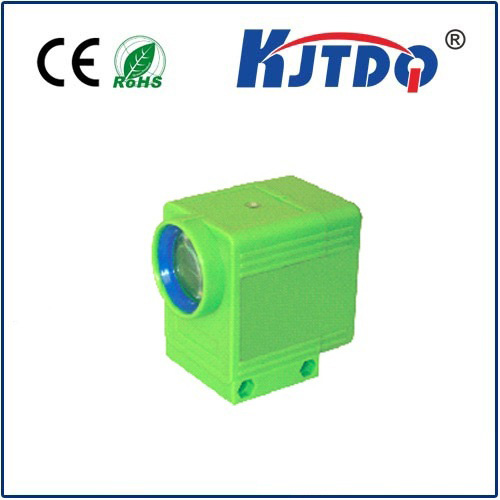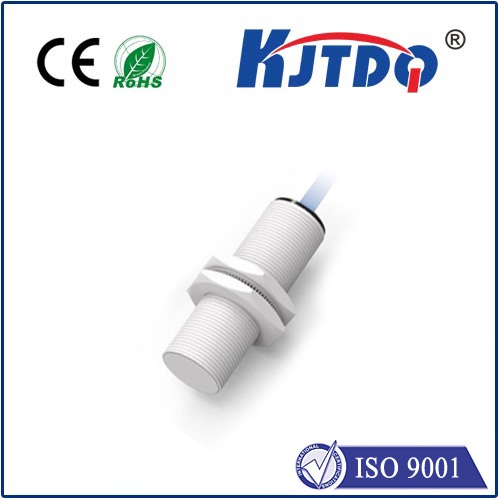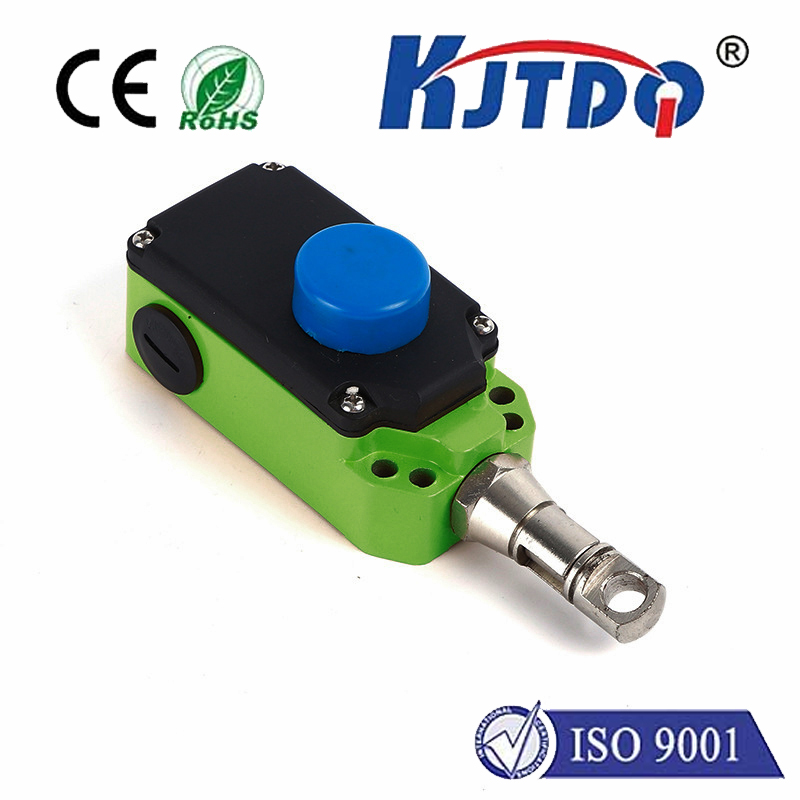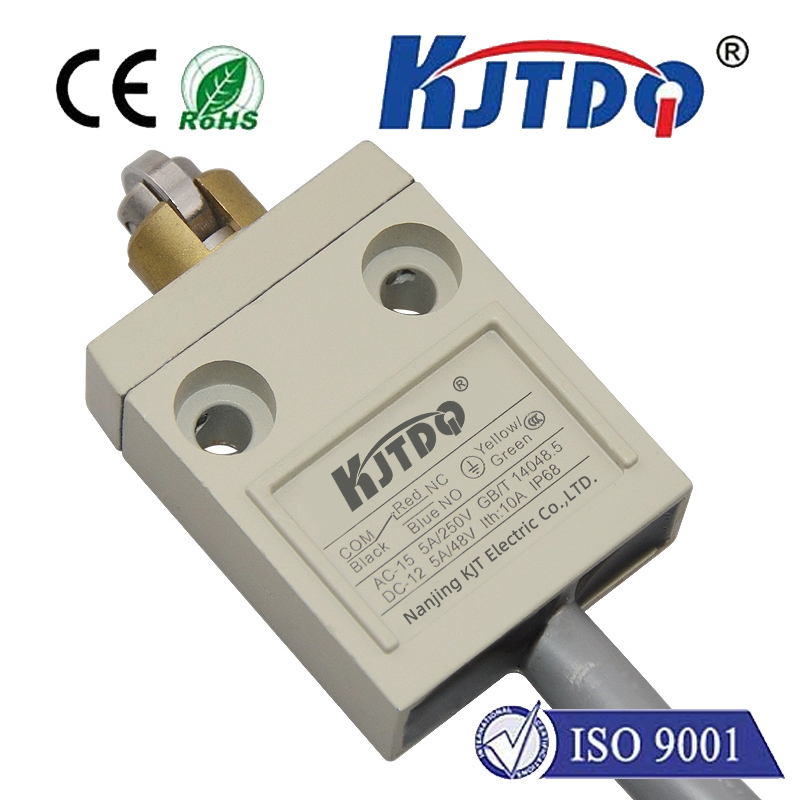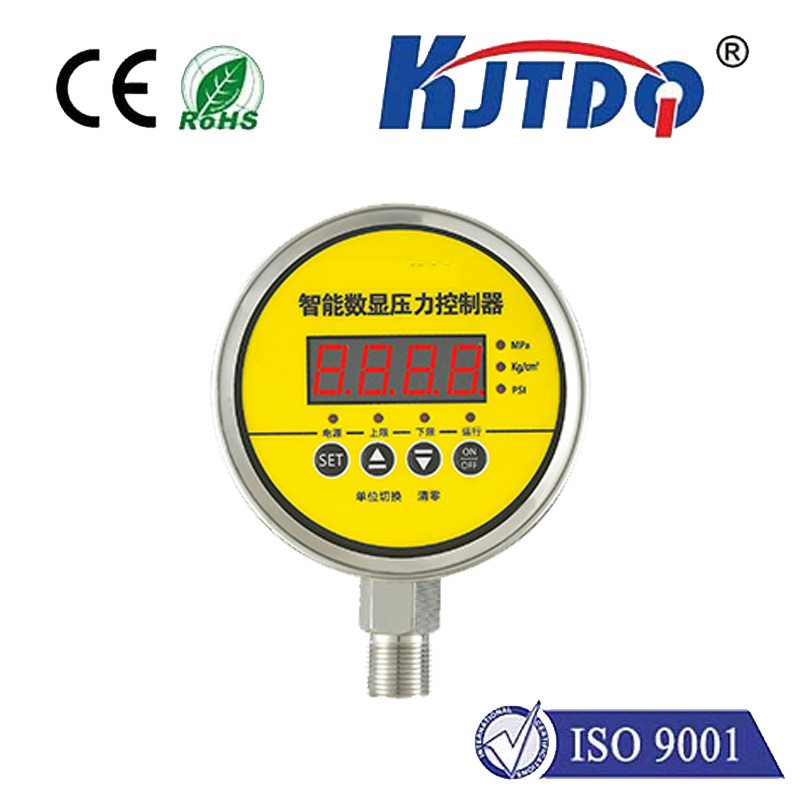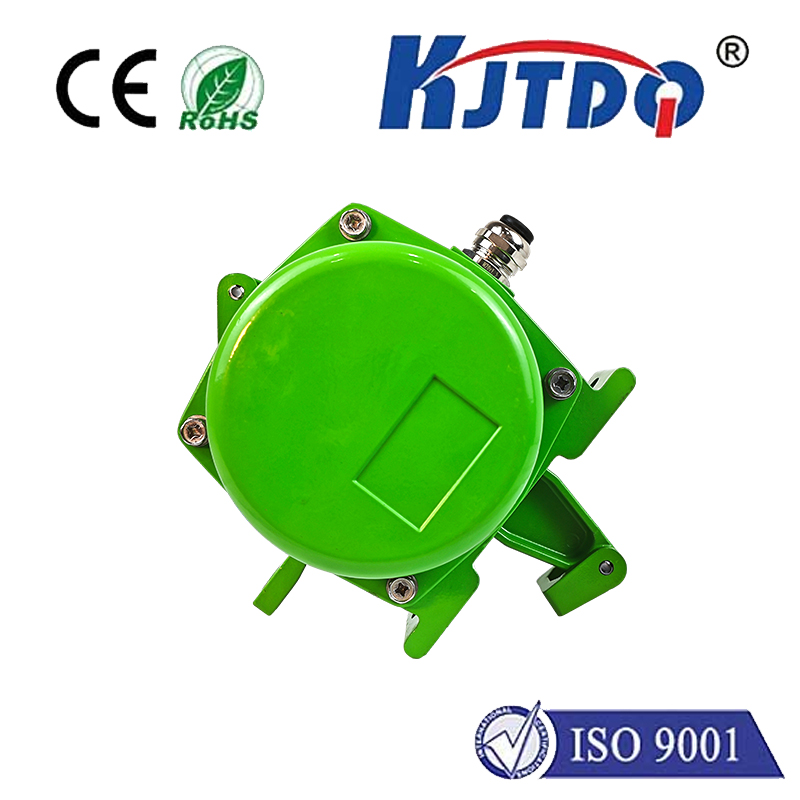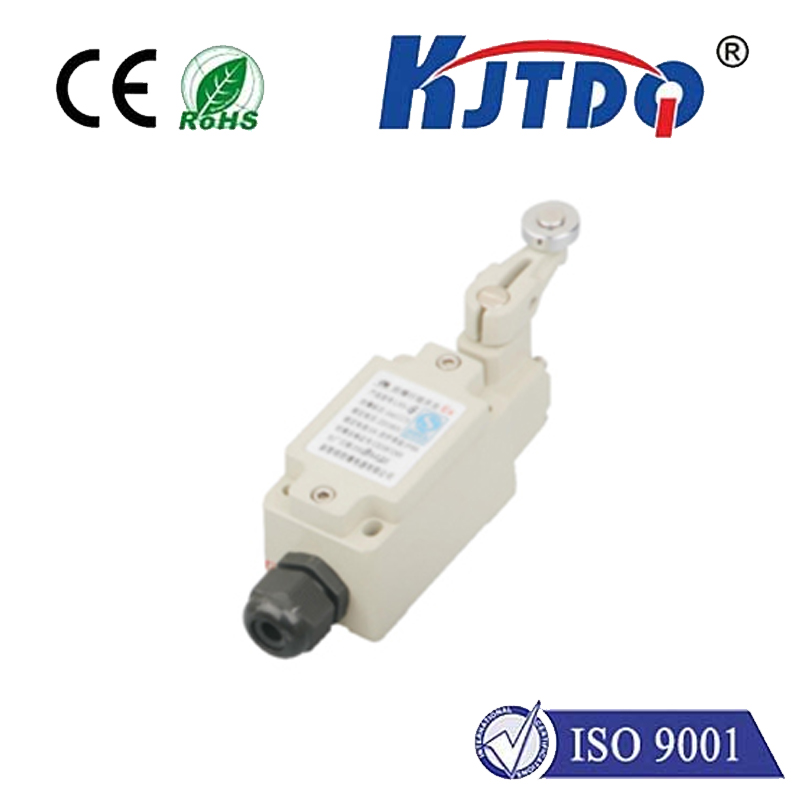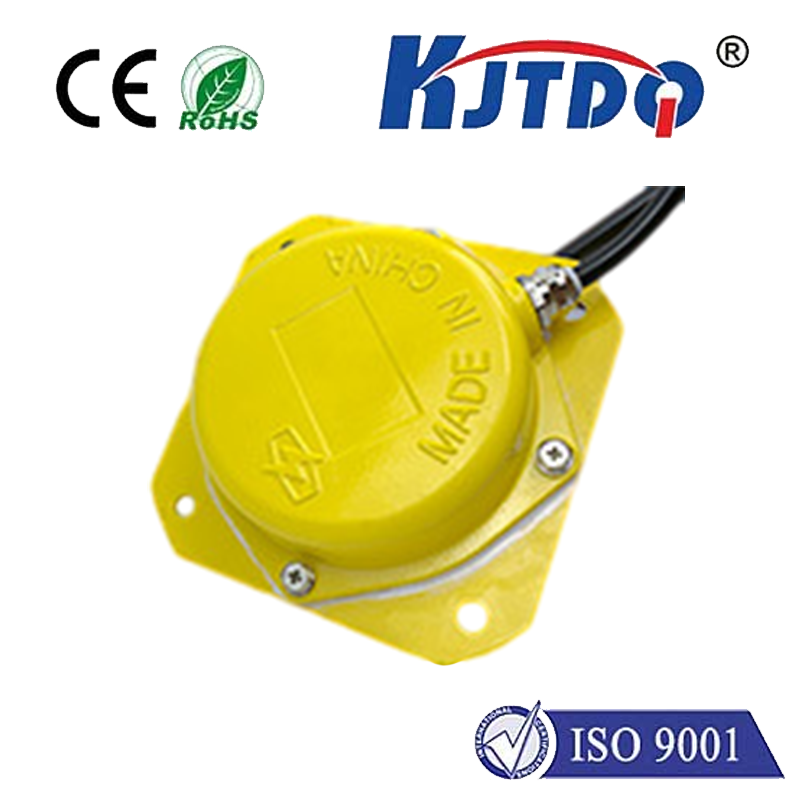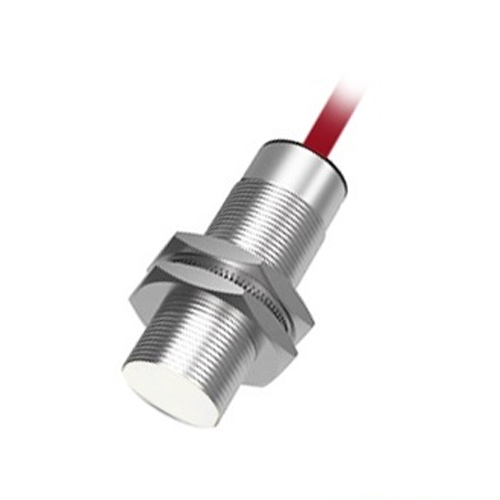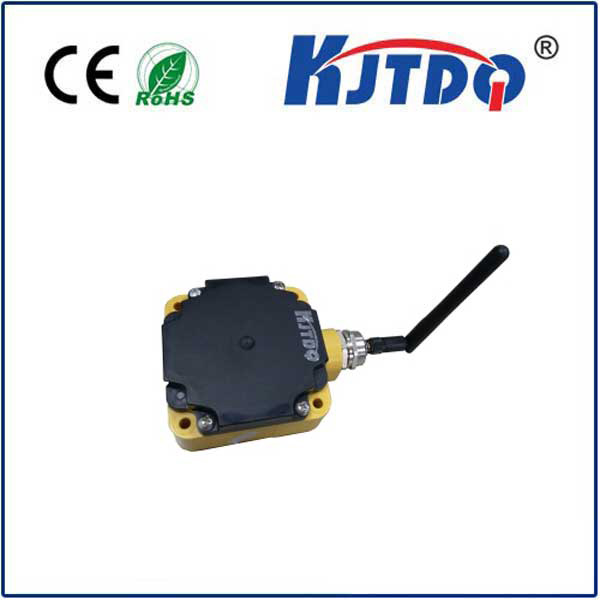

check

check

check

check

check

check

check

check

check

check
The Mechanical Plunger Switch: An Essential Component in Modern Technology
The mechanical plunger switch is a vital component used in various modern technologies, including electronic devices, machinery, and industrial equipment. It is a simple yet effective mechanism that allows for the control of electrical circuits by physically moving a lever or button. In this article, we will explore the different aspects of the mechanical plunger switch and its importance in our daily lives.
Firstly, let us understand what a mechanical plunger switch is. A mechanical plunger switch consists of a spring-loaded plunger that moves up and down when pressed. The movement of the plunger activates or deactivates an electrical circuit, allowing current to flow through it. This type of switch is commonly found in household appliances such as washing machines, dryers, and dishwashers.
One of the key benefits of using a mechanical plunger switch is its durability and reliability. Unlike other types of switches, such as membrane switches or touchscreens, mechanical plunger switches do not require any special coatings or materials to function properly. They are also less susceptible to wear and tear, making them ideal for use in harsh environments or high-traffic areas.
Another advantage of mechanical plunger switches is their simplicity. They are easy to install and maintain, requiring only basic tools and minimal technical knowledge. This makes them a popular choice for DIY projects and small-scale applications where cost-effectiveness is a concern.
Mechanical plunger switches are also highly customizable. They can be designed to fit specific requirements, such as different sizes, shapes, and colors. This flexibility allows manufacturers to create unique solutions tailored to their customers' needs, whether it be for medical devices, industrial machinery, or consumer electronics.
In addition to their practicality, mechanical plunger switches have aesthetic appeal. They can be made from various materials, including metal, plastic, and glass, and can be finished with different textures and colors to complement the design of the device they are installed in. Their tactile nature also provides a satisfying user experience, as users can feel the physical action of pressing the switch.
Despite their many advantages, mechanical plunger switches do have some limitations. For example, they may not be suitable for applications that require precise control over the amount of current flowing through the circuit. In such cases, other types of switches, such as solid-state switches or relays, may be more appropriate.
Furthermore, mechanical plunger switches can be affected by environmental factors such as moisture, dust, and temperature changes. To ensure their longevity and reliability, it is important to choose a switch designed for the specific conditions it will be exposed to.
In conclusion, the mechanical plunger switch is a crucial component in modern technology due to its simplicity, durability, and customizability. Its widespread use in various industries demonstrates its effectiveness and reliability in controlling electrical circuits. As technology continues to evolve, it is likely that we will see further innovations in mechanical plunger switches, making them even more efficient and versatile for future applications.
